Many companies are in expansion mode – with new product development, or new market additions. Whether driven by the post-Covid “pivot” or just opportunity seeking, market expansion is what companies …
This Seems Too Easy
“This is a three-billion-dollar market; if we can capture just one percent of that, we will crush it!” This is the type of statement often heard from champions of a business expansion effort.
Sounds like a great idea!
One of the most exciting things that happens in businesses of all stripes is innovation — the next generation of a product, a new product launch or market entry; perhaps a new go-to-market strategy.
What’s your Pivot?
Applying Rigor to New Product or Services Innovation
Virtually every company I know is immersed in some kind of a Covid “Pivot”. For most companies, some part of their value delivery must adapt to our evolving situation. And we see lots of examples, where value delivery becomes digitized.
Owning Growth: Four Key Success Factors for Innovators
Let’s face it, we all want to grow. Regardless of company size or business category, growth is your goal. And yes, you want to be smart about it. Certainly M&A strategies can play a role, but what about organic growth? Whether you are expanding your product or service offerings or entering adjacent markets, before you begin deploying resources around the new opportunity, consider these four critical guidelines:
Launching New Products or Services – Four Mistakes to Avoid
As companies seek organic growth, launching new products and services makes sense. Innovation is key to long term success and competitive advantage. Opportunities to sell more to current customers is an obvious motivation for creating new offerings.
Pining for Trees
We’ve all head the expression, “Can’t see the forest for the trees.” When you hear this, it usually means that someone has a blind spot. Could that apply to you …
Growth is for Grownups
Developing new growth ideas can be exciting, but at the same time fraught with risk. What can be better than leveraging the unique competencies of your organization to solve customer problems in a way that no one in the marketplace is currently doing?
Enjoy Your Planning Retreat
All great questions that beg great answers. Don’t let your lack of preparation spoil the party.
The Market Intelligence System
There are many different ways to define market intelligence, but the 1st Resource Social Intelligence Method takes a slightly different approach. We believe that considering the “human factors” of how people make decisions puts more meaning behind the findings.
